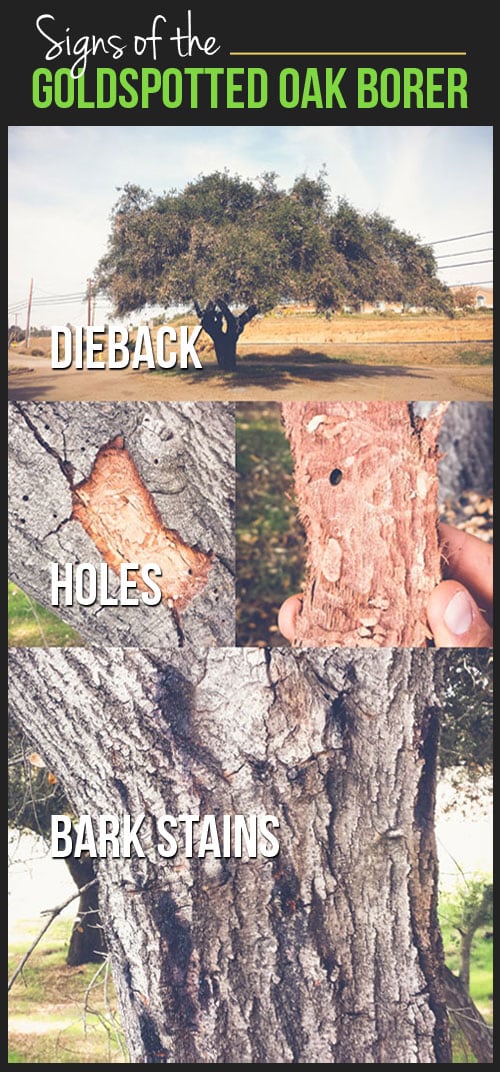Trimming Trees Seasonally: The Correct Time And Methods For Optimum Development
Trimming Trees Seasonally: The Correct Time And Methods For Optimum Development
Blog Article
Developed By-Tange Olesen
When it involves seasonal tree cutting, timing and strategy are vital for your trees' health and wellness and development. You may be amazed at just how much a basic cut can urge brand-new life. Knowing when to prune inactive trees versus blooming ones can make all the difference. But it's not practically when; it's additionally about exactly how you do it. Let's explore the most effective methods to ensure your trees grow.
Comprehending the most effective Seasons for Tree Trimming
When's the most effective time to cut your trees? The response depends on understanding the seasons. Late winter season to early spring is typically ideal, as trees are still inactive. This timing lessens stress and promotes much healthier development when they awaken.
Nonetheless, if you're handling flowering trees, take into consideration cutting right after their blossoms fade. This ensures you will not remove following year's flowers.
In summer season, light trimming can assist preserve shape and remove any type of dead or infected branches. Avoid hefty trimming during fall, as trees are preparing for dormancy and might have a hard time to recover.
Inevitably, recognizing your tree species and local environment will direct your cutting timetable. Choose carefully, and your trees will grow wonderfully year-round.
Important Pruning Methods for Healthy And Balanced Trees
Pruning your trees effectively is critical for their health and durability. Beginning by utilizing clean, sharp devices to make accurate cuts, which aids avoid damage and disease.
Concentrate on eliminating dead, damaged, or crossing branches first; this urges far better air movement and sunshine infiltration. When cutting, go for an angle that advertises healing and decreases the threat of rot. Constantly trim just outside the branch collar, the inflamed area where the branch satisfies the trunk, to improve recovery.
For young trees, shape them by precisely pruning to establish a solid structure. Finally, avoid over-pruning; eliminating too much vegetation can worry your tree.
Common Mistakes to Avoid When Trimming
Numerous house owners make crucial errors while trimming their trees, which can cause long-term damage.
One common error is over-pruning, where you eliminate too many branches at the same time. This can emphasize the tree and hinder its growth.
An additional error is making use of boring tools; sharp, tidy tools make cleaner cuts that heal faster.
Do not neglect to trim at the wrong season; winter is usually best for several species, while summer is optimal for others.
Additionally, stay clear of reducing branches too close to the trunk or leaving stubs, as both can welcome pests and illness.
Lastly, falling short to step back and assess the tree's general shape can result in uneven growth.
Keep these mistakes in mind for much healthier, flourishing trees!
Final thought
In conclusion, seasonal tree cutting is important for your trees' health and growth. By trimming at the correct times-- late winter months for inactive trees and right after blossoms for blooming varieties-- you'll motivate vibrant vegetation and blossoms. Remember to use Read Alot more , sharp devices and follow appropriate techniques to prevent damage. Stay clear of heavy trimming in the fall and stay free from typical mistakes. With these ideas in mind, you'll maintain your trees thriving all year round!
